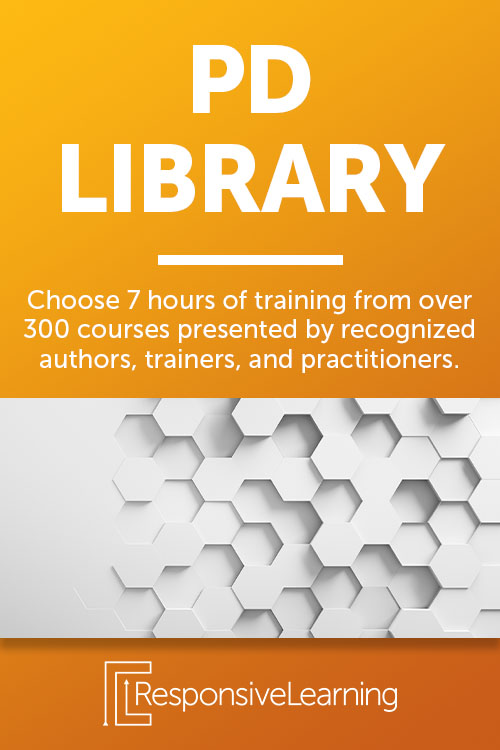Every student in the classroom is a unique individual with their own needs and wants. While we know this, implementing this idea into classroom instruction can be difficult.
As educators, we want all students to have an equal opportunity to a great education. But we have to remember that in deciding what instruction we give to students, we’re looking for equity, not equality. To give an example, say there are two kids (one tall, one short) trying to reach an apple branch. If you’re going for equality, you’d give both children the same sized block to stand on. However, while the tall child might be able to reach the branch now, the shorter child is still too short to reach it. Going by equity, however, you could give the short child a taller block and still give the tall child the smaller block so that they can both reach it.
This is the idea that educators should follow when working on their IEP plans. But how do you do this in practice?
So how do we put this into practice?
The differentiation process depends on engagement. Students have to know why the materials matter to them. To increase motivation, you’ll want to foster collaboration and encourage peer support. This will help students feel motivated to help each other as they’re all learning together.
One of the more important ways to differentiate instruction in the SPED classroom is to consider a student’s specific disability. A student’s disability can affect how a student processes information, so educators should really consider how the student’s specific disability impacts how you differentiate the content. For instance, for students who have auditory processing delays or process speech at a different rate than the information is delivered, text-to-speech or speech-to-text might be an alternative you could offer.
Taking the next steps
When creating your lesson plan for students, it could be easy to apply the same instruction to the entire class. However, this could put your students at a disadvantage as every student has different needs in their education. That’s why SPED educator Ayo Jones created this course. In our course, Quality Indicators in SPED — Differentiating Instruction, Ms. Jones walks participants through some of the ways students can differ in their instruction needs and how educators can address them.
There are a number of ways educators can tailor their plans to the needs and wants of students. This course was created to help educators make their course plan relevant to every student’s individualized needs.
In this 45-minute course presented by Noodle Nook, you’ll learn:
- How to best use the classroom setting to maximize learning
- How content is taught
- How students show learning

